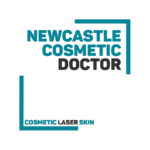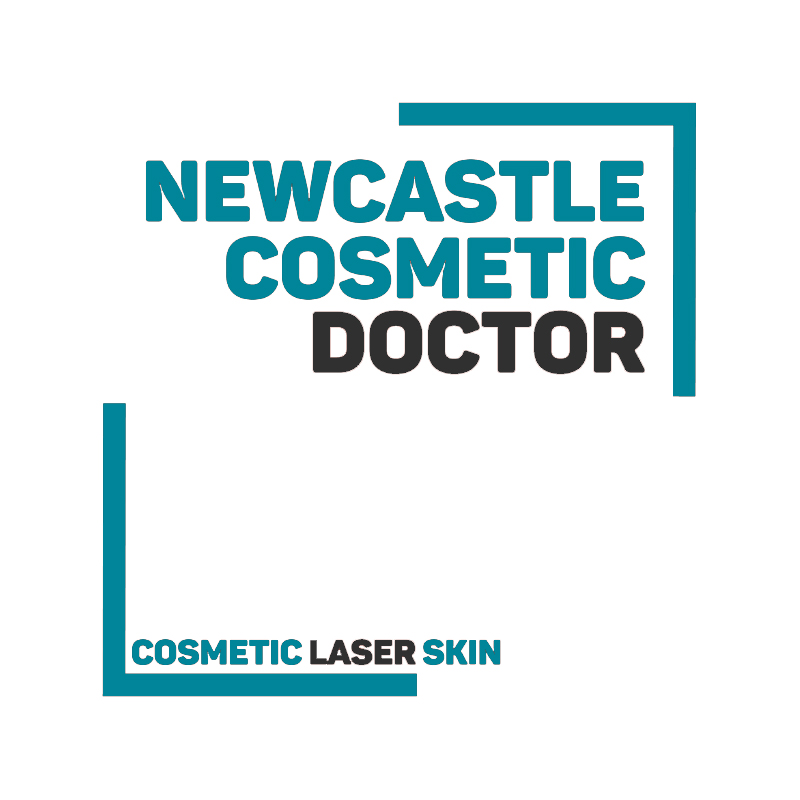Applies to: All Newcastle Cosmetic Doctor (NCD) clinical and support staff
1. Purpose
This SOP standardises safe, evidence‑based in‑clinic application of topical products at Newcastle Cosmetic Doctor (NCD), including enzyme masks, chemical peels within scope, peptide serums, and prescription topicals. It defines patient preparation, asepsis, application technique, observation, and post‑procedure care, aligning with Australian standards for medication safety and infection prevention while integrating international best‑practice where helpful.1 2 3
2. Scope & Applicability
The protocol applies to all clinicians performing in‑clinic topical procedures under NCD, encompassing pre‑application screening, patch testing when indicated, PPE, environment setup, product handling, contact times, removal, and aftercare counselling. It excludes surgical or injectable procedures and is designed to interlock with Storage, Compounding, PIS & Consent, and Adverse Reactions SOPs.1 2 3
3. Clinical Environment & Infection Prevention
Clinicians prepare a clean, uncluttered workspace with hard surface disinfection before and after each patient. Hand hygiene follows the 5‑moments approach; appropriate PPE (gloves, eye protection as indicated) is worn. Single‑use items are preferred; reusable tools are cleaned and disinfected per manufacturer IFU. Any breaks in asepsis trigger immediate mitigation, documentation, and, if required, incident reporting.2 4 5 6
4. Patient Assessment & Contraindications
Before application, clinicians verify identity, review dermatologic history, medications (including retinoids, steroids), photosensitivity risk, HSV history, pregnancy and lactation status, and recent procedures (laser, needling, waxing). Skin is examined for barrier integrity and Fitzpatrick type to tailor concentrations and contact time. Contraindications such as active dermatitis, open wounds, or recent strong resurfacing are documented and may defer treatment.3 7 8 9
5. Patch Testing & Sensitivity Screening
When risk of sensitisation is material—for example hydroquinone regimens, high‑strength acids, or novel peptide/enzyme actives—perform a behind‑the‑ear or mandibular patch test with a small quantity, observing for 24–72 hours. Document the site, product, lot, and patient report. A negative patch does not exclude delayed reactions; counsel patients accordingly and provide written guidance.10 11 3
6. Product Verification & Handling
Confirm product name, strength, batch/lot, expiry, and storage conditions before use. Inspect packaging integrity and confirm no temperature excursion for cold‑chain products. Decant using aseptic technique into disposable cups where necessary; never top‑up partially used decants. Record batch/lot in the clinical note to maintain traceability to the Product QC/Batch Register.10 11 1
7. Patient Preparation & Skin Priming
Remove makeup and sunscreen with a gentle cleanser; degrease only where protocols require using approved solutions compatible with the product. Protect ocular and mucosal areas with petroleum barriers where appropriate. For peel‑type procedures, standardise skin dryness time before application to improve consistency. Provide a verbal walkthrough to reduce anxiety and support consent.10 11 2
8. Application Technique & Contact Time Control
Apply a measured, even layer using gloved fingers or dedicated applicators, avoiding eyes, nostrils and lips unless protocolised. Observe the patient continuously for stinging, excessive erythema or frosting where relevant. Adhere strictly to manufacturer or protocol contact times; terminate early if intolerable reactions occur. Maintain readily available neutralising or removal agents where indicated by the product class.1 10 11
9. Monitoring, Termination & Neutralisation/Removal
During exposure, monitor patient comfort, visible reaction endpoints, and timing. For acid‑based protocols requiring neutralisation, use the designated agent and verify pH cessation indicators where applicable. Rinse thoroughly with cool water after neutralisation or prescribed contact time; gently pat dry and apply barrier emollient if indicated. Document endpoints and any deviations.10 1 2
10. Immediate Aftercare & Counselling
Explain expected transient effects such as mild redness or tightness and provide written aftercare: sun protection, gentle cleanser, bland moisturiser, and avoidance of exfoliants or procedures until cleared. Provide red‑flag guidance for escalating symptoms and 24/7 contact pathways. Reinforce SPF 50+ use and behavioural photoprotection for at least a week or as clinically indicated.10 11 7
11. Adverse Reaction Recognition & Escalation
If brisk erythema, blistering, disproportionate pain, or swelling develops, terminate exposure immediately, cool the area, and escalate to the prescriber for assessment. Consider topical corticosteroids or other treatments per dermatology guidance where appropriate, and document fully with photographs and batch details. Consider TGA reporting pathways for serious medicine‑related issues.1 10 5
12. Documentation, Photography & Privacy
Record indication, product, strength, quantity, batch/lot, contact time, endpoints, and aftercare provided. Clinical images may be taken with consent for monitoring; store securely with role‑based access and audit trails. Marketing use of images requires separate explicit consent and must comply with advertising restrictions. Retain records for at least seven years.12 1 3
13. Staff Competency & Supervision
Only trained clinicians perform in‑clinic topical applications. New staff undergo supervised cases until competency is signed off by the Responsible Medical Practitioner. Annual refreshers cover infection control updates, product‑specific changes, and emergency response for adverse reactions.1 2 5
14. Equipment, Storage & Temperature Control
Maintain manufacturer‑validated devices (timers, pH indicators where applicable) and ensure refrigerators meet pharmaceutical standards for temperature‑sensitive products. Record daily temperature checks and service equipment per schedule. Any excursion triggers the Temperature Excursion Protocol before patient use.13 1 2
15. Review, Audit & Continuous Improvement
Quarterly audits review notes for completeness, traceability, and adherence to contact time and neutralisation steps. Incident and near‑miss trends inform updates to protocols, staff training, and supplier or product selection. This SOP is reviewed annually or sooner if new evidence or regulatory guidance emerges.1 2 3
Sources
- ACSQHC (2025), NSQHS Standard 4: Medication Safety (safe handling and administration), viewed 23 October 2025, https://www.safetyandquality.gov.au/standards/nsqhs-standards/medication-safety-standard ↩
- ACSQHC (2025), NSQHS Standard 3: Preventing and Controlling Infections, viewed 23 October 2025, https://www.safetyandquality.gov.au/standards/nsqhs-standards/preventing-and-controlling-infections-standard ↩
- AHPRA / Medical Board of Australia (2025), Guidelines for cosmetic medical procedures, viewed 23 October 2025, https://www.medicalboard.gov.au/ ↩
- NSW Health (2025), Infection Prevention and Control Policy, viewed 23 October 2025, https://www.health.nsw.gov.au/policies/ ↩
- Therapeutic Goods Administration (TGA) (2025), Australian Regulatory Guidelines for Topical Therapies & labelling, viewed 23 October 2025, https://www.tga.gov.au/ ↩
- Pharmacy Board of Australia (2025), Compounding of medicines – guidance relevant to topical preparations, viewed 23 October 2025, https://www.pharmacyboard.gov.au/ ↩
- RACGP (2025), Safe prescribing/counselling and clinical handover guidance, viewed 23 October 2025, https://www.racgp.org.au/ ↩
- OAIC (2025), Australian Privacy Principles – health data and photo consent, viewed 23 October 2025, https://www.oaic.gov.au/privacy/your-privacy-rights/health-and-medical-research/guide-to-health-privacy ↩
- ATAGI / Department of Health (2025), Strive for 5 – Cold chain principles applicable to temperature‑sensitive topicals, viewed 23 October 2025, https://www.health.gov.au/resources/publications/national-vaccine-storage-guidelines-strive-for-5 ↩
- Therapeutic Guidelines (2025), Dermatology – topical agents, peels and adverse effect management, viewed 23 October 2025, https://tgldcdp.tg.org.au/ ↩
- Australian Medicines Handbook (AMH) (2025), Dermatology – topical dosing and cautions, viewed 23 October 2025, https://amhonline-amh-net-au/ ↩
- WHO (2025), Infection prevention and control and patient safety standards, viewed 23 October 2025, https://www.who.int/publications ↩
- CDC (2025), Standard precautions and skin antisepsis in ambulatory care, viewed 23 October 2025, https://www.cdc.gov/ ↩


